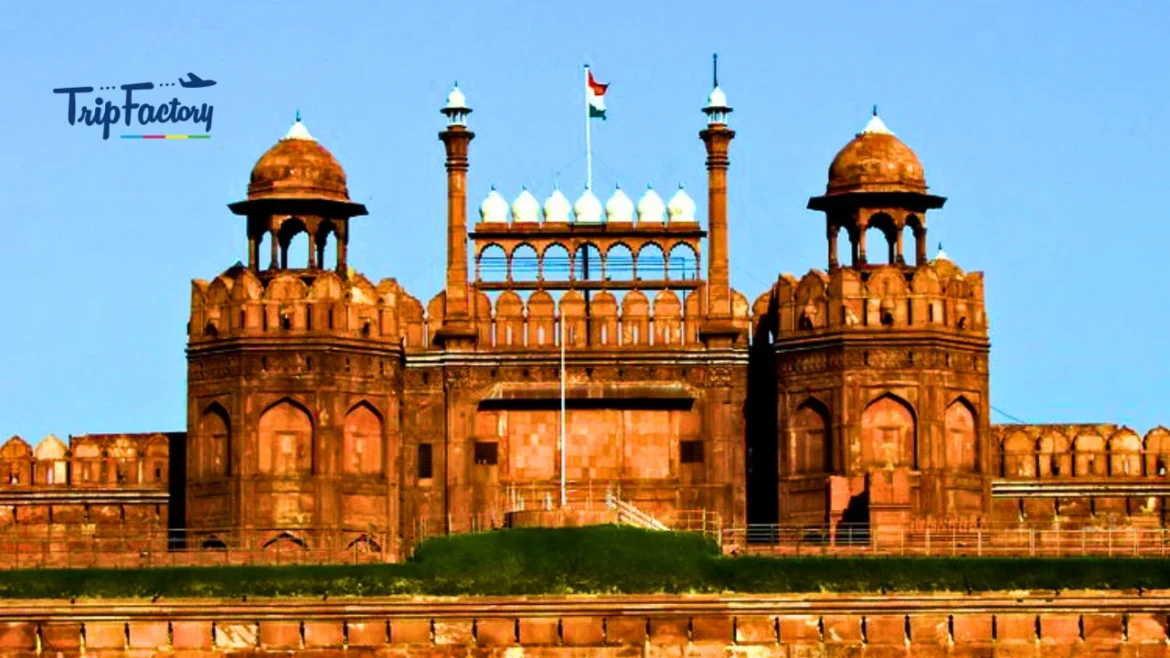India’s history spans thousands of years, making it one of the richest cultural landscapes in the world. With a multitude of empires, kingdoms, and dynasties ruling the subcontinent, India is home to iconic monuments that speak volumes about its heritage. From grand Mughal forts to intricate temples, these historical places tell the tales of a civilization that has contributed to art, culture, and architecture.
Exploring these historic gems not only takes you on a journey through time but also gives you a deeper understanding of India’s diverse culture. Whether you’re a history enthusiast or simply looking to witness awe-inspiring architecture, these sites will leave a lasting impression.
Ready to take a historical trip to India? Here’s a guide to the top 12 historical places you must visit!
Here are the top 12 historical places in India you shouldn’t miss:
- Taj Mahal, Agra
- Qutub Minar, Delhi
- Red Fort, Delhi
- Hampi, Karnataka
- Amber Fort, Jaipur
- Fatehpur Sikri, Agra
- Mysore Palace, Karnataka
- Gateway of India, Mumbai
- Khajuraho Temples, Madhya Pradesh
- Mahabalipuram, Tamil Nadu
- Jaisalmer Fort, Rajasthan
- Sanchi Stupa, Madhya Pradesh
Table of Contents
Historical Places in India
Taj Mahal, Agra
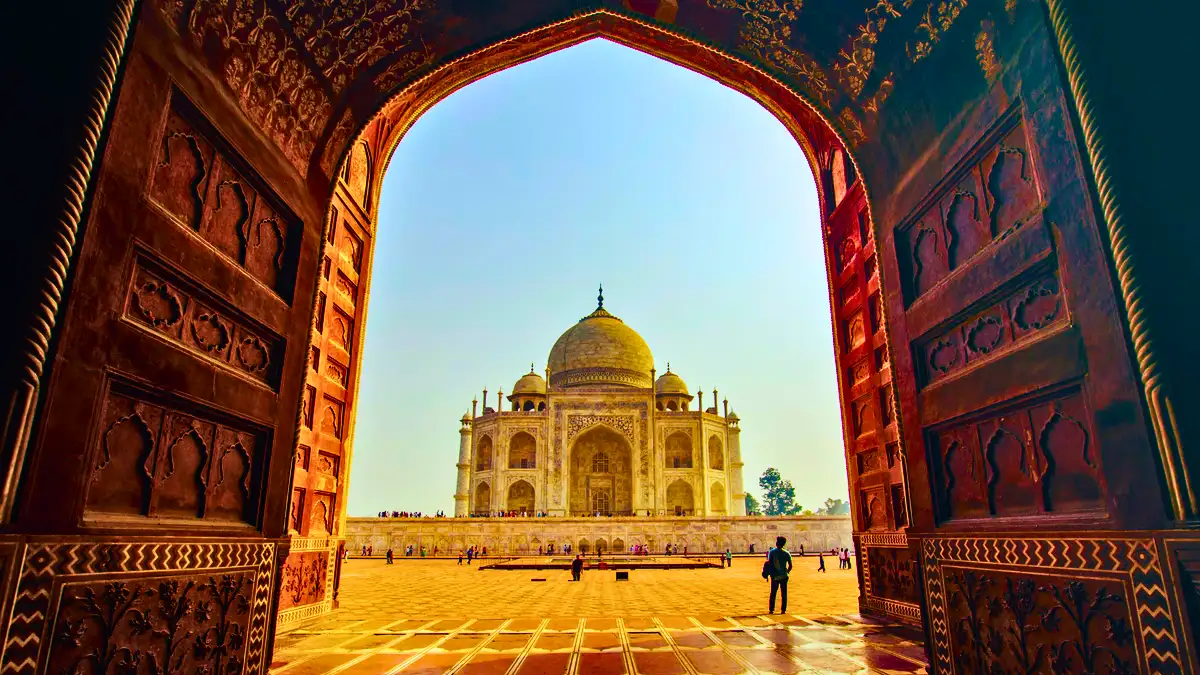
The Taj Mahal, a UNESCO World Heritage site, is one of the most iconic monuments in the world. Built by Emperor Shah Jahan in memory of his wife, its white marble structure symbolizes eternal love. The intricate inlay work and beautiful gardens make it a must-visit.
Why should you consider traveling to the Taj Mahal?
The Taj Mahal is India’s most iconic monument, a symbol of love built by Mughal Emperor Shah Jahan in memory of his wife Mumtaz Mahal. It’s a UNESCO World Heritage site that attracts millions of visitors annually, not just for its architectural beauty but also for the story behind it.
Best Places to Visit in Agra:
- Agra Fort
- Mehtab Bagh
- Tomb of Itimad-ud-Daulah
Best Time to Visit:
October to March
Average Cost for 2 People (INR):
₹6,000 – ₹10,000
Qutub Minar, Delhi
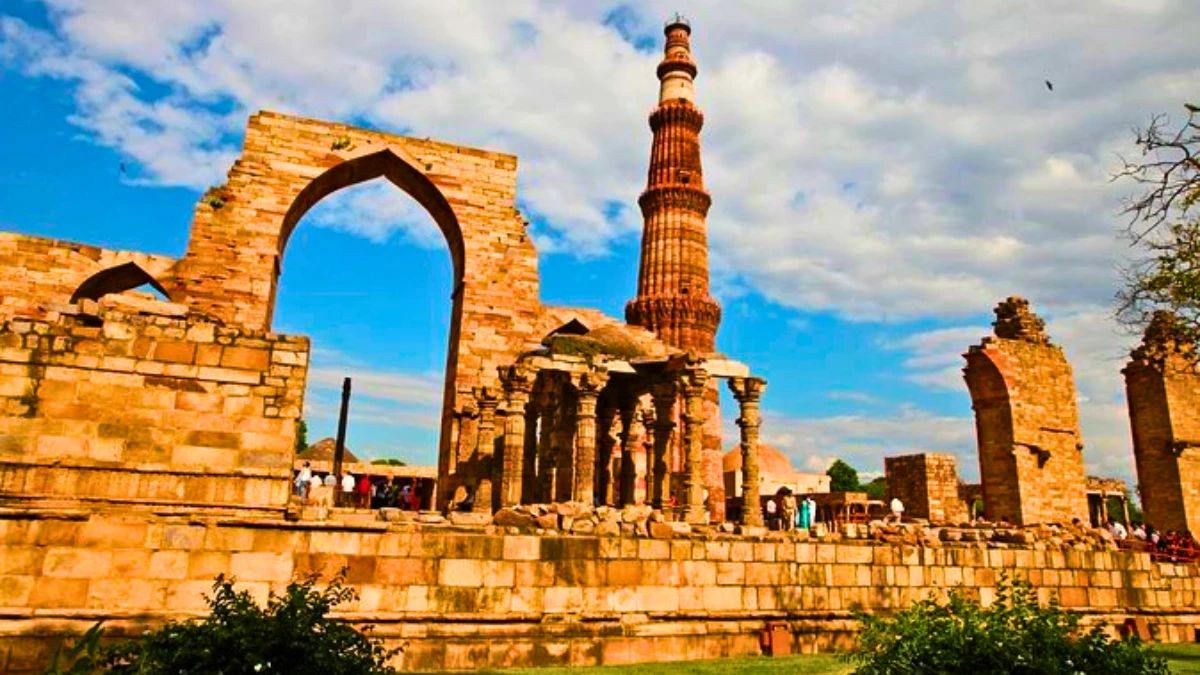
The Qutub Minar is the tallest brick minaret in the world, standing at 73 meters. Constructed in the 12th century, it is part of the Qutub complex, a UNESCO World Heritage site. Its design showcases Indo-Islamic architecture.
Why should you consider traveling to Qutub Minar?
Qutub Minar stands as a testament to the architectural genius of India’s early Muslim rulers. Built in the 12th century, it’s the tallest brick minaret in the world. The surrounding Qutub complex is also a treasure trove of historical buildings and structures.
Best Places to Visit in Delhi:
- Humayun’s Tomb
- India Gate
- Lotus Temple
Best Time to Visit:
October to March
Average Cost for 2 People (INR):
₹8,000 – ₹12,000
Red Fort, Delhi
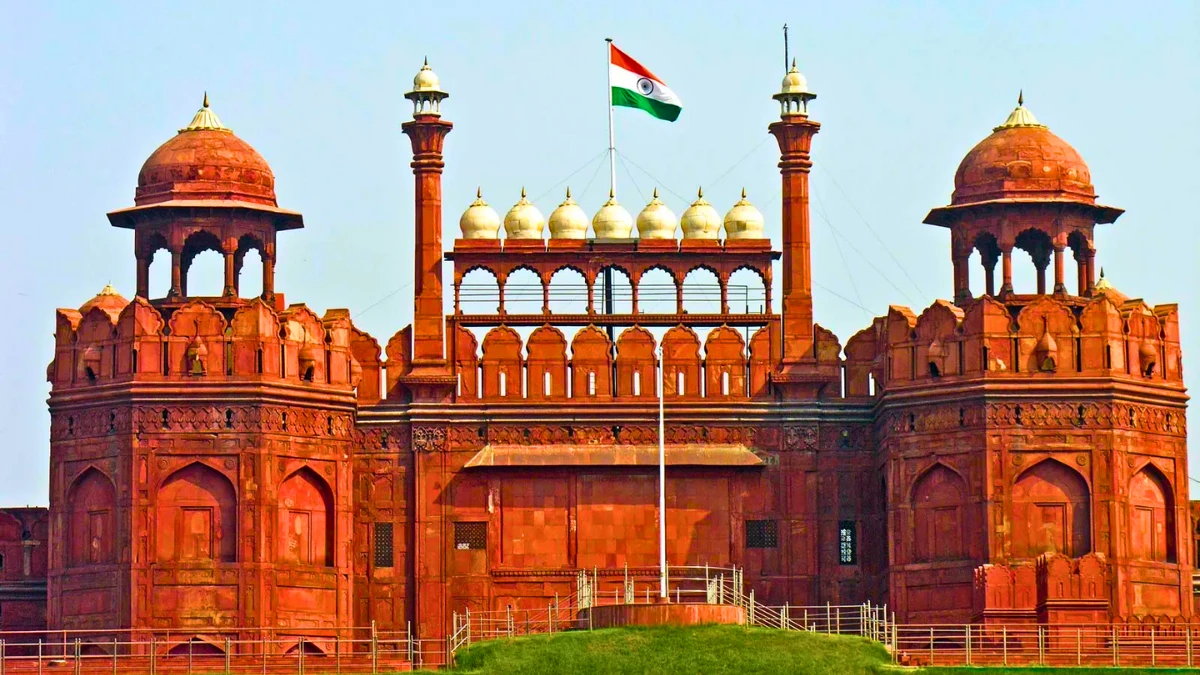
Built by Emperor Shah Jahan in the 17th century, the Red Fort served as the main residence for Mughal emperors. Its red sandstone walls and intricate architecture make it an iconic symbol of India’s history and independence.
Why should you consider traveling to the Red Fort?
The Red Fort, a symbol of India’s independence, is another masterpiece of Mughal architecture. Built in the 17th century, it served as the main residence of the Mughal emperors and now houses museums showcasing India’s history.
Best Places to Visit in Delhi:
- Jama Masjid
- Chandni Chowk
- Raj Ghat
Best Time to Visit:
October to March
Average Cost for 2 People (INR):
₹7,000 – ₹12,000
Also Read: How Indians are Vacationing Abroad Twice a Year
Hampi, Karnataka
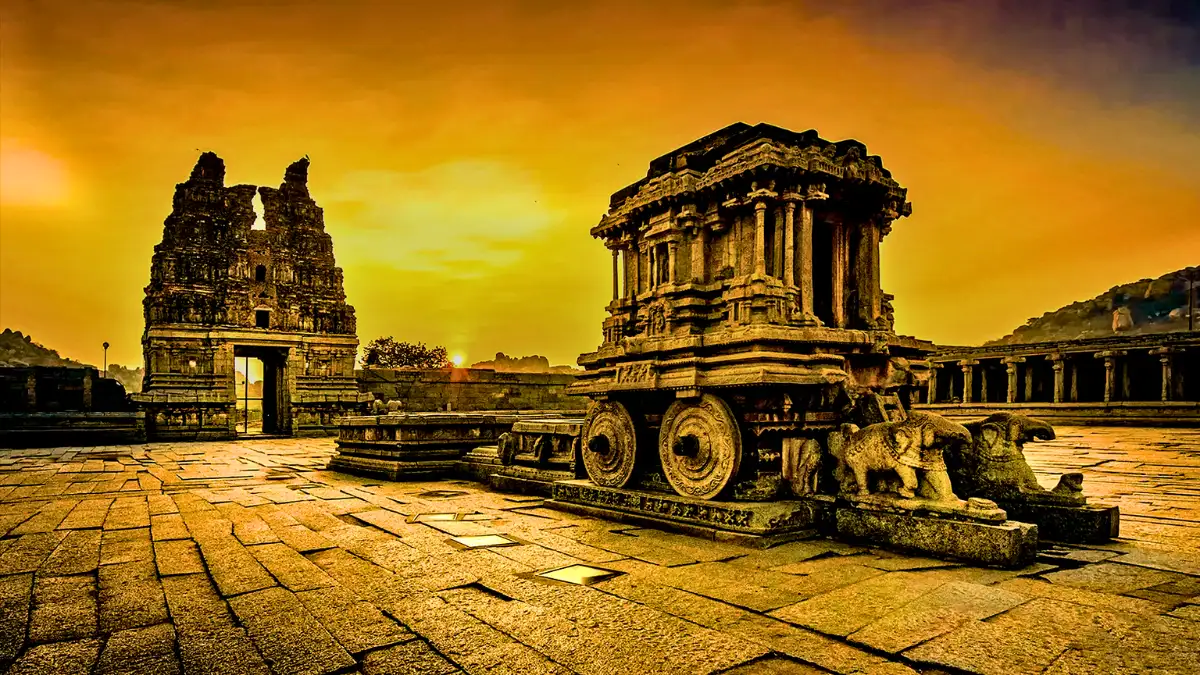
Hampi is an ancient city of ruins and a UNESCO World Heritage site, showcasing the glory of the Vijayanagara Empire. Its temples, palaces, and sculptures make it a paradise for history lovers and architecture enthusiasts.
Why should you consider traveling to Hampi?
Hampi is a UNESCO World Heritage site, known for its stunning ruins from the Vijayanagara Empire. This ancient city was once one of the richest in the world, and its temples, palaces, and monuments are a window into India’s golden past.
Best Places to Visit in Hampi:
- Virupaksha Temple
- Vittala Temple
- Lotus Mahal
Best Time to Visit:
November to February
Average Cost for 2 People (INR):
₹5,000 – ₹9,000
Amber Fort, Jaipur
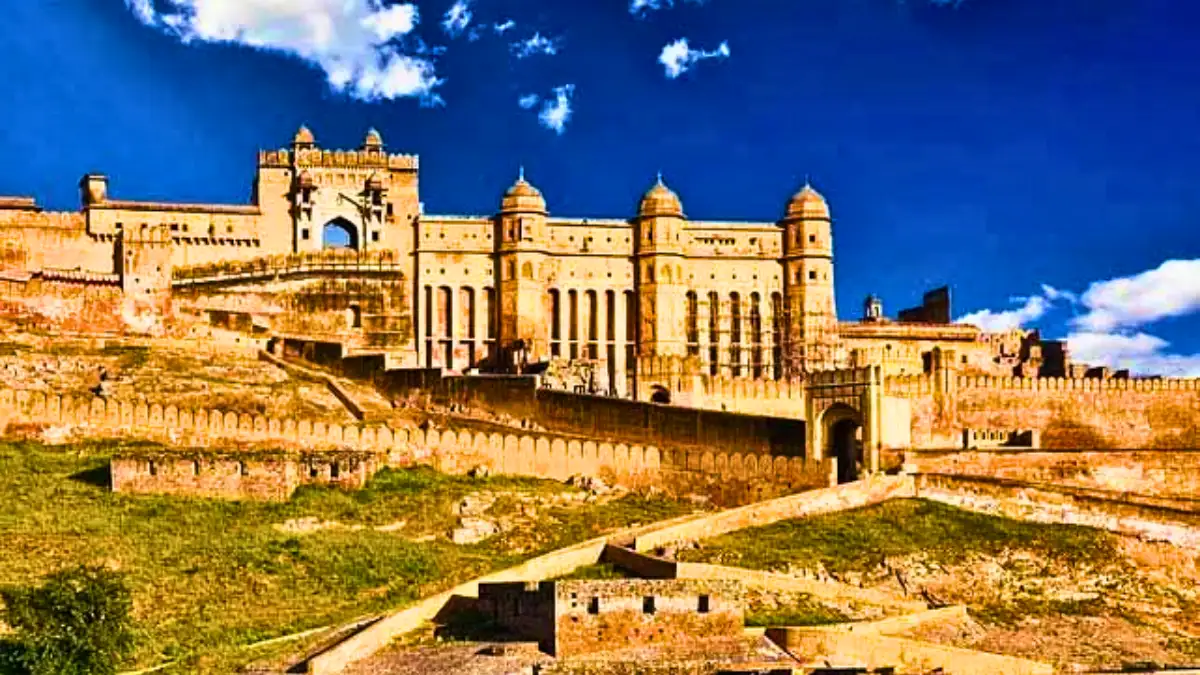
Amber Fort, a majestic fort in Jaipur, combines Hindu and Mughal architectural styles. Its ornate palaces, mirror work, and scenic views make it one of Rajasthan’s most visited landmarks.
Why should you consider traveling to Amber Fort?
Amber Fort is one of Rajasthan’s most well-preserved forts, offering panoramic views of the surrounding landscape. Its architecture, a mix of Hindu and Mughal styles, is a must-see for history buffs and architecture lovers alike.
Best Places to Visit in Jaipur:
- City Palace
- Jantar Mantar
- Hawa Mahal
Best Time to Visit:
October to March
Average Cost for 2 People (INR):
₹8,000 – ₹15,000
Fatehpur Sikri, Agra

Fatehpur Sikri is a 16th-century Mughal city built by Emperor Akbar. Its red sandstone structures, including palaces and mosques, represent Mughal grandeur. This UNESCO site was once the capital of the Mughal Empire.
Why should you consider traveling to Fatehpur Sikri?
This red sandstone city was built by Emperor Akbar in the 16th century and was the Mughal capital for a brief period. Its palaces, mosques, and courtyards reflect the grandeur of the Mughal Empire.
Best Places to Visit in Fatehpur Sikri:
- Buland Darwaza
- Jama Masjid
- Panch Mahal
Best Time to Visit:
October to March
Average Cost for 2 People (INR):
₹5,000 – ₹8,000
Also Read: Offbeat Domestic Places for New Year Holidays
Mysore Palace, Karnataka
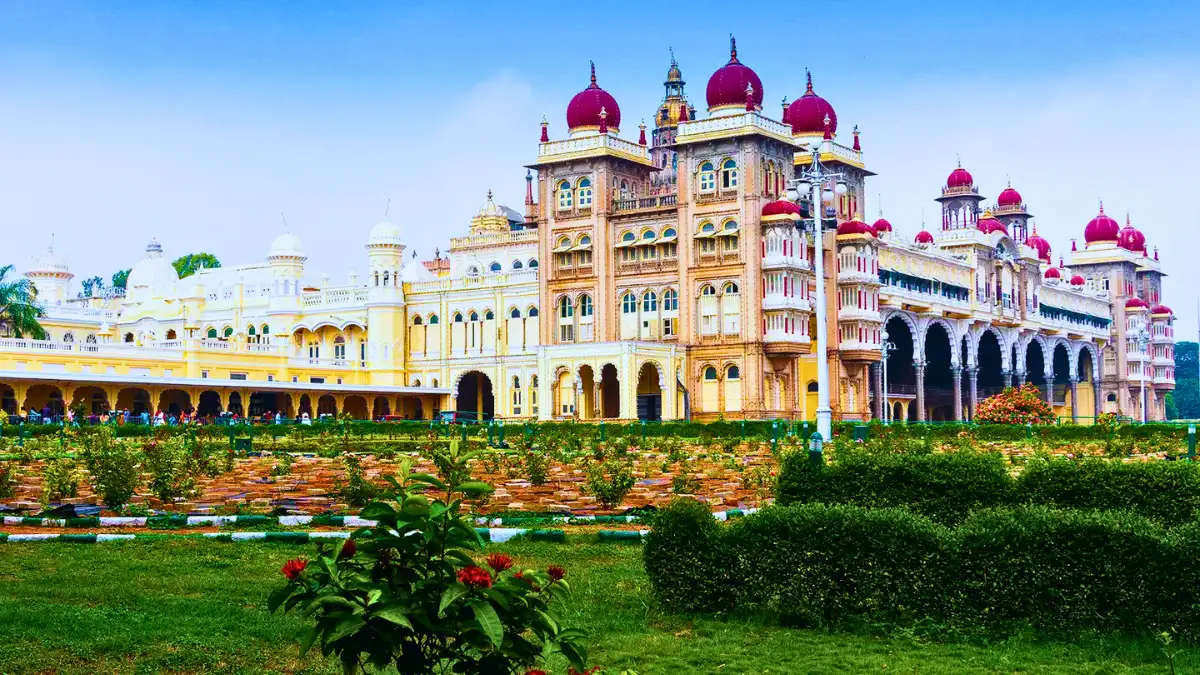
Mysore Palace is an architectural gem, blending Hindu, Muslim, Rajput, and Gothic styles. The royal residence is adorned with intricate interiors and is especially famous for its grandeur during the Dussehra festival.
Why should you consider traveling to Mysore Palace?
Mysore Palace is one of the most opulent royal residences in India. The palace is known for its stunning architecture and intricate interior decorations, and it’s especially mesmerizing during the Dussehra festival when it’s illuminated.
Best Places to Visit in Mysore:
- Chamundi Hill
- Brindavan Gardens
- St. Philomena’s Church
Best Time to Visit:
October to February
Average Cost for 2 People (INR):
₹6,000 – ₹9,000
Gateway of India, Mumbai
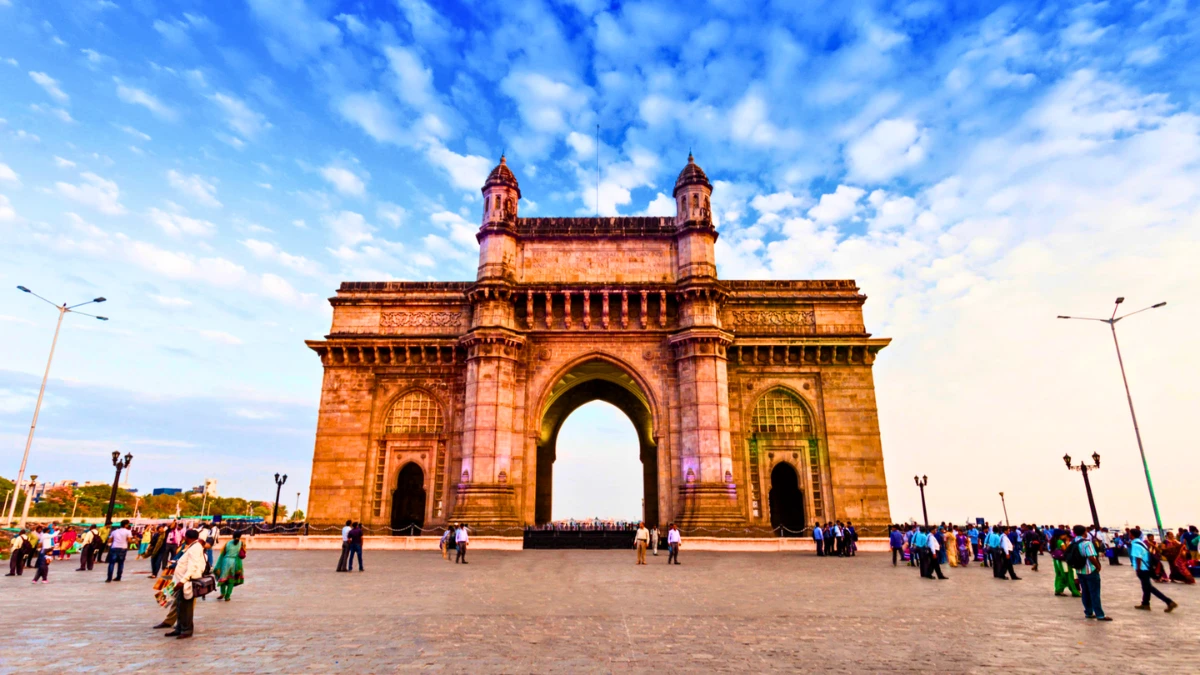
Built in 1924 to commemorate the visit of King George V, the Gateway of India is Mumbai’s most iconic landmark. It represents a mix of Hindu and Muslim architectural styles and overlooks the Arabian Sea.
Why should you consider traveling to the Gateway of India?
The Gateway of India is one of Mumbai’s most recognizable landmarks. Built in 1924, it commemorates the visit of King George V and Queen Mary to India. The monument stands as a reminder of India’s colonial past.
Best Places to Visit in Mumbai:
- Elephanta Caves
- Marine Drive
- Chhatrapati Shivaji Maharaj Terminus
Best Time to Visit:
November to February
Average Cost for 2 People (INR):
₹10,000 – ₹15,000
Khajuraho Temples, Madhya Pradesh

The Khajuraho Temples are renowned for their detailed erotic carvings and sculptures, showcasing Indian art and spirituality. Built by the Chandela dynasty, these temples highlight the country’s rich architectural heritage.
Why should you consider traveling to Khajuraho Temples?
The Khajuraho Temples are famous for their intricate erotic carvings, symbolizing love, life, and spirituality. These temples represent a unique fusion of art and architecture from the Chandela dynasty.
Best Places to Visit in Khajuraho:
- Lakshmana Temple
- Kandariya Mahadeva Temple
- Chausath Yogini Temple
Best Time to Visit:
October to February
Average Cost for 2 People (INR):
₹7,000 – ₹10,000
Mahabalipuram, Tamil Nadu
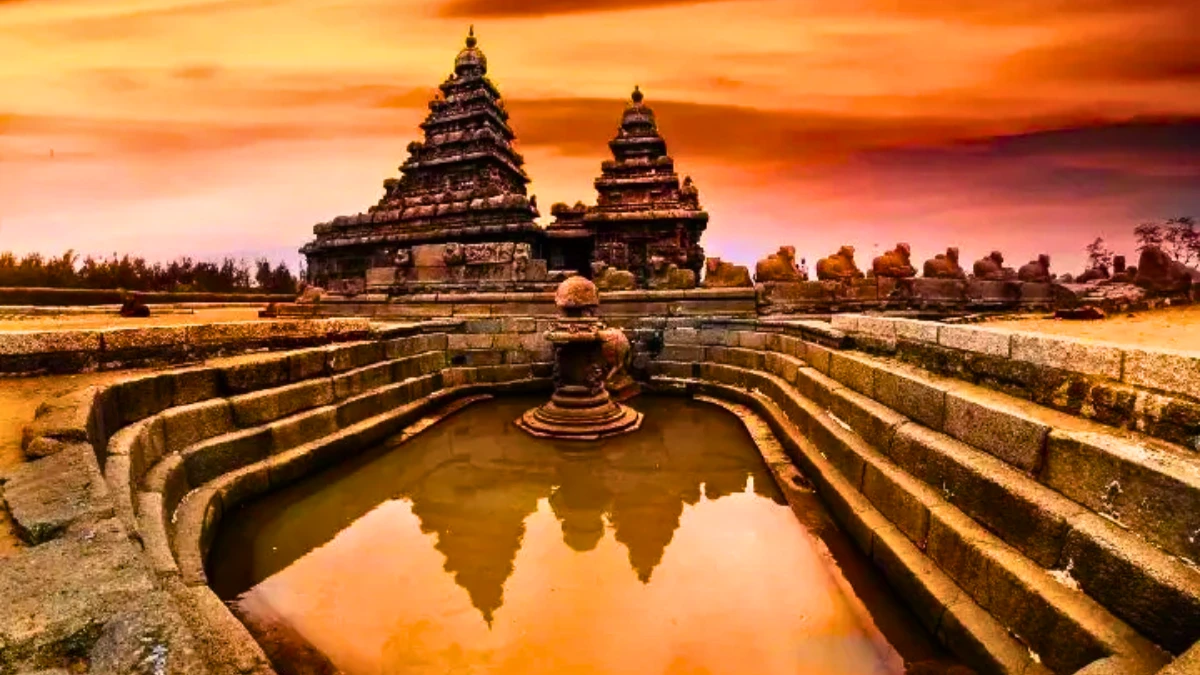
Mahabalipuram is a coastal town famous for its rock-cut temples and sculptures from the Pallava dynasty. Its Shore Temple and group of monuments are recognized as a UNESCO World Heritage site.
Why should you consider traveling to Mahabalipuram?
Mahabalipuram is known for its rock-cut temples and sculptures from the Pallava dynasty. These ancient monuments are a showcase of India’s rich artistic heritage.
Best Places to Visit in Mahabalipuram:
- Shore Temple
- Arjuna’s Penance
- Five Rathas
Best Time to Visit:
November to March
Average Cost for 2 People (INR):
₹6,000 – ₹9,000
Also Read: Most Searched Tourist Destinations in India
Jaisalmer Fort, Rajasthan
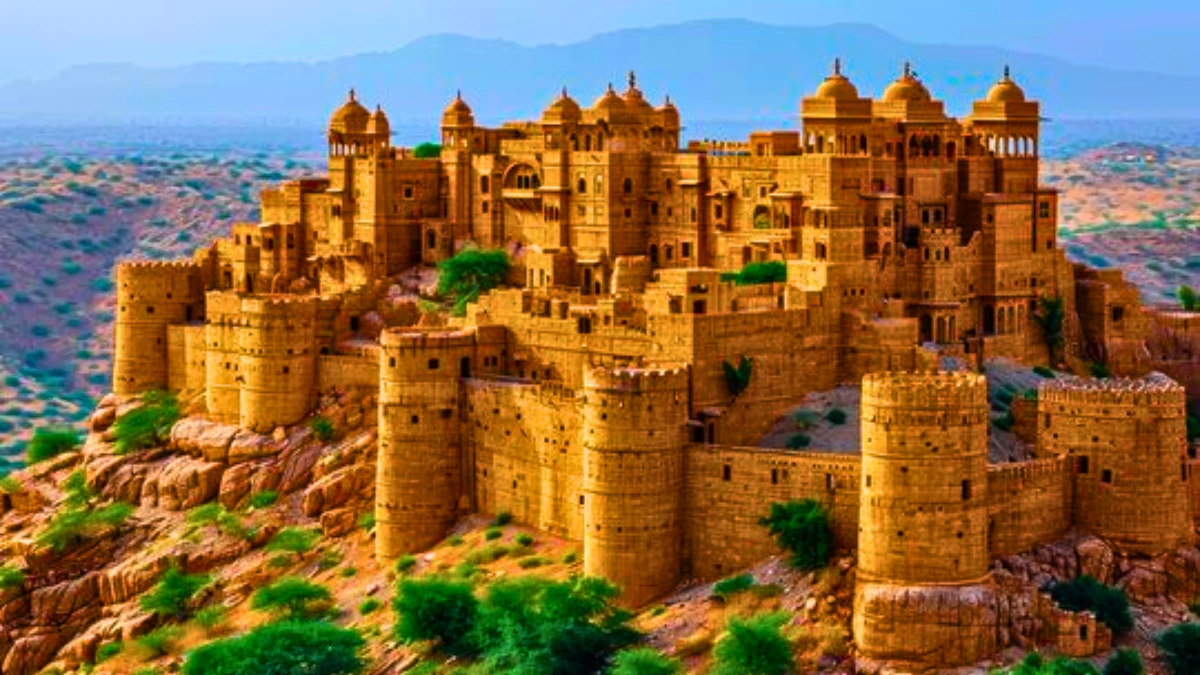
Known as the “Golden Fort,” Jaisalmer Fort is a living fort, with shops, temples, and homes within its massive sandstone walls. Built in 1156 AD, it offers an authentic glimpse into Rajasthan’s history.
Why should you consider traveling to Jaisalmer Fort?
Jaisalmer Fort is one of the largest fully preserved forts in the world and still functions as a living fort with homes, shops, and temples inside its walls. Built in 1156 AD, it offers a unique experience of Rajasthan’s rich history.
Best Places to Visit in Jaisalmer:
- Patwon Ki Haveli
- Sam Sand Dunes
- Jain Temples
Best Time to Visit:
October to February
Average Cost for 2 People (INR):
₹8,000 – ₹12,000
Sanchi Stupa, Madhya Pradesh

Sanchi Stupa, one of the oldest Buddhist monuments in India, was built by Emperor Ashoka in the 3rd century BC. This UNESCO World Heritage site symbolizes the spread of Buddhism and features intricate carvings on its gateways.
Why should you consider traveling to Sanchi Stupa?
Sanchi Stupa is one of the oldest stone structures in India and a major symbol of Buddhism. Built by Emperor Ashoka in the 3rd century BC, it’s a place of deep spiritual significance.
Best Places to Visit in Sanchi:
- Ashoka Pillar
- Buddhist Viharas
- Gupta Temple
Best Time to Visit:
November to March
Average Cost for 2 People (INR):
₹4,000 – ₹7,000
Conclusion
India’s historical places offer an unparalleled glimpse into its past, showcasing a range of architectural marvels and cultural achievements. Each of these destinations holds a special significance, and visiting them will transport you back in time.
When you’re ready to explore these incredible places, TripFactory makes it easier with customized packages, exclusive deals, and seamless planning. Book now and embark on your historical journey across India!
Also Read: Secret Hill Station to visit in India
Check Latest Stories:
Frequently Asked Questions
What is the best time to visit historical places in India?
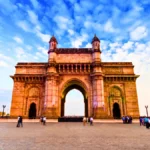
The best time to visit most historical places in India is between October and March, when the weather is pleasant, especially in North India.
Are there any entry fees for historical monuments in India?
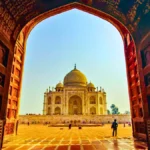
Yes, most historical monuments in India have an entry fee. The charges vary for domestic and international tourists. For example, the Taj Mahal charges ₹50 for Indians and ₹1,100 for foreigners.
Do I need a guide to visit historical places in India?

While it’s not mandatory, hiring a guide can greatly enhance your experience as they provide historical insights and context. Some monuments also offer audio guides.
Can I book tickets for historical monuments online?

Yes, many popular historical places like the Taj Mahal and Red Fort offer online ticket booking options through official government portals or tourism websites.
Are there any restrictions when visiting historical sites in India?
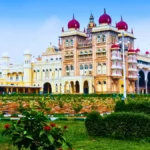
Yes, there are certain restrictions, such as no photography in specific areas, no touching of monuments, and in some cases, restricted entry to certain sections of the site.
Which historical place in India is the most visited?
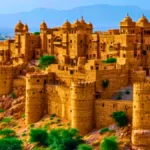
The Taj Mahal in Agra is the most visited historical monument in India, attracting millions of tourists from around the world each year.
What should I wear when visiting historical sites in India?
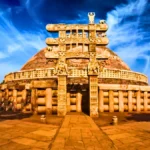
It’s recommended to wear comfortable clothing, and in religious or sacred places, modest attire covering shoulders and knees is required. Some temples also require visitors to remove their shoes.

